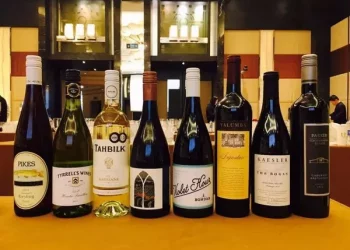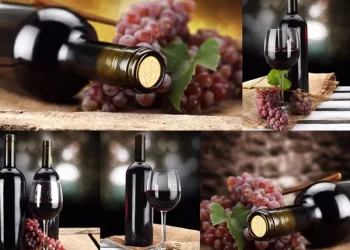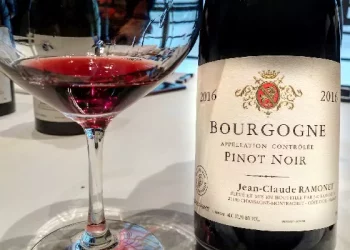The term ‘Cold Soak/Cold Mration’ is used from time to time when we learn about the brewing process used in a wine.
So, what kind of process is cold dipping?
How is it different from normal maceration?
And what effect does it have on the resulting wine?
Before we get to what cold eration is, let’s look at what eration is.
Impregnation refers to the process in which grape juice or liquor is exposed to solid substances such as grape skins, stems and seeds to extract more phenolic substances (such as tannins, pigments and flavor substances), which in turn give the liquor a deeper color and more intense flavor.
This procedure is widely used in red wine production.
The effect of extraction is affected by the contact area between grape skins, seeds and peduncles and the liquid, the degree of agitation, the composition of the liquid, the temperature and duration of impregnation and other factors.
Some easy-drinking styles of red wine usually have a short fermentation time, but many winemakers allow solids such as skins and stems to macerate in the newly fermented wine for a longer period of time to extract more tannins, pigments and flavors.
Some winemakers choose to macerate the skins and juice at a low temperature before the alcoholic fermentation begins. This is known as cold maceration.
The principle behind this cold impregnation is that the different compounds in grape skin have their own appropriate extraction temperatures and conditions. The extraction of some water-soluble compounds by bringing grape juice into contact with the skin at low temperatures before alcoholic fermentation has started is remarkable. This brings more Anthocyanins to the liquor.
A WATER-SOLUBLE natural PIGMENT FOUND IN GRAPE SKINS THAT GIVES color TO WINE) and aroma and flavor COMPOUNDS that ENHANCE THE OVERALL texture OF WINE.
The temperature of cold maceration is usually 4-15¡æ, the maceration time can be as little as 5 hours, as much as 10 days, the winemaker can adjust accordingly according to the wine style to achieve.
After red grapes have been peeled, winemakers place the juice, peel, stem, etc. into fermenters or storage containers and cool them down, sometimes adding enzymes to aid extraction.
Though the low temperature environment can to a certain extent, inhibit the yeast and the development of the microbes, but in order to maximize the curb unnecessary microbial activity, some winemakers to join sulfur dioxide in grape skin, after in the process of cold soaking, also use inert gas filling sealing storage containers, or through the ways such as dry ice cover to prevent oxidation.












































